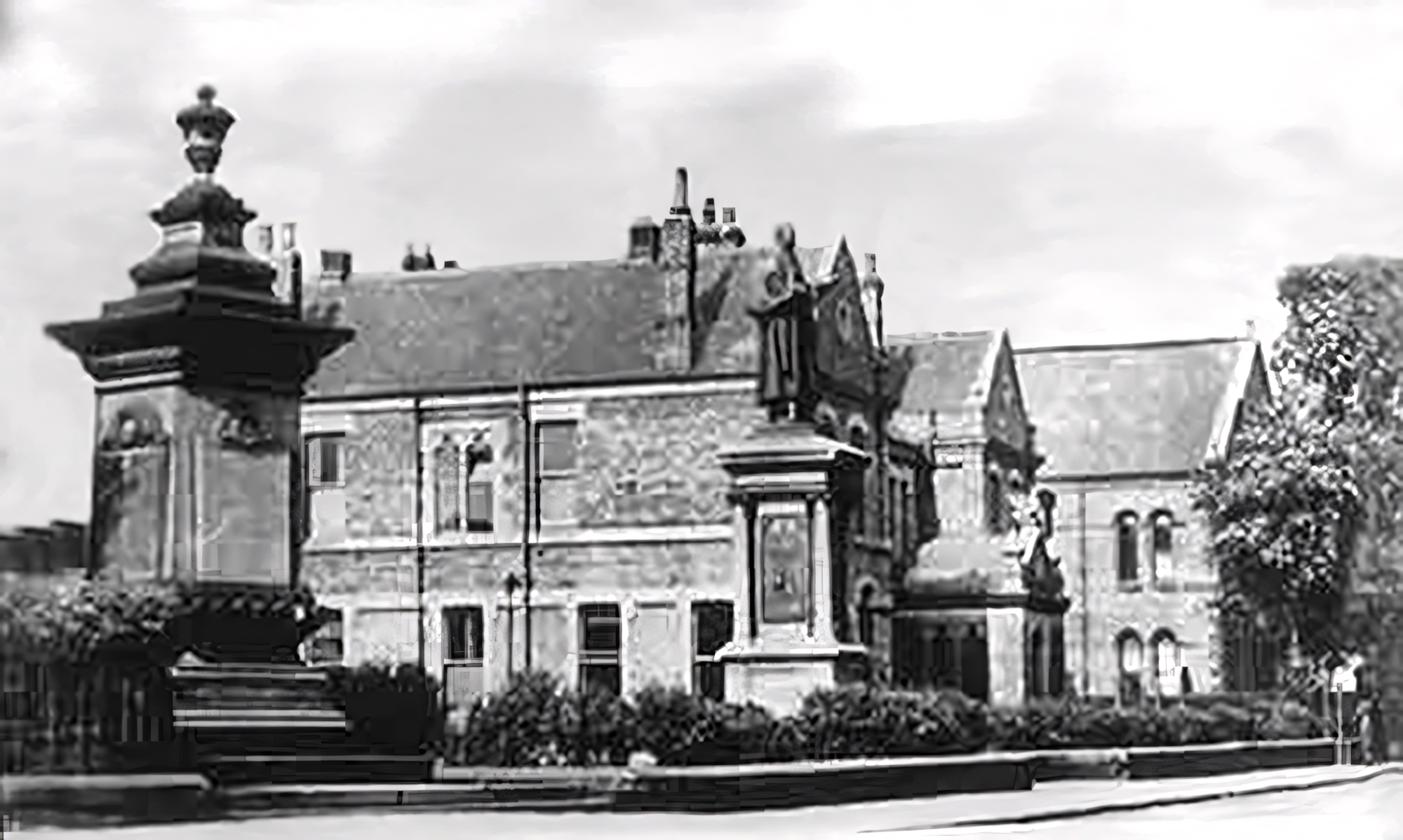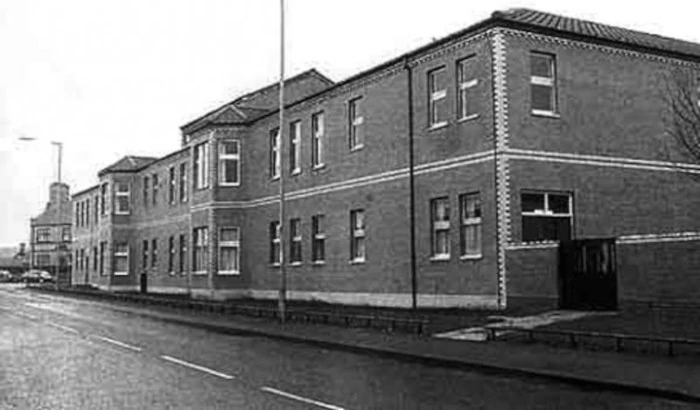The hospital was named Palmer Memorial Hospital and opened its doors in December 1870. Operating costs were met from workers’ contributions and an annual grant from Charles Palmer himself. The staff included a full-time doctor, matron, and nurses. This establishment represented a much-needed improvement in medical care for the local community.
Vital Improvement to Medical Care in Jarrow
The establishment of Palmer Memorial Hospital in December 1870 marked a significant improvement in medical care for the workers in Jarrow. Before its opening, injured individuals had to endure an unsafe journey by horse and cart to the Newcastle Infirmary, often with tragic outcomes as many could not survive the arduous trip.
Charles Palmer’s Vision: A Memorial to Jane Palmer

Charles Palmer, deeply concerned for the well-being of his workers, took his late wife Jane’s expressed worries to heart. Recognizing the urgent need for a local medical facility, he deemed the construction of the hospital a fitting tribute to her memory. The hospital was named Palmer Memorial Hospital, and its operating expenses were covered by contributions from the workers themselves, supplemented by an annual grant from Charles Palmer.
Dedicated Medical Staff Providing Prompt Care
The hospital boasted a dedicated team of medical professionals, including a full-time doctor, matron, and nurses. This staffing ensured that injured workers received prompt and attentive care – a vast improvement over the unsafe journey patients previously faced when being transported to Newcastle by horse and cart.
Dangerous Working Conditions in Jarrow Shipyard & Steelworks
During that era, safety measures such as nets, hard hats, and other protective equipment commonly found in modern shipyards were unheard of. As a result, accidents at the shipyard and steelworks posed significant risks to the lives of both men and boys employed there.
Tragic Loss of Life: A Reminder of Past Dangers
Tragically, fatalities were not uncommon. For instance, a devastating incident claimed the life of a 14-year-old boy who became entangled with a machine. Additionally, a 38-year-old man lost his life when he was struck by a train while crossing the company railway line. These incidents serve as poignant reminders of the dangers workers faced in an era without the safety advancements we enjoy today.
A Diverse Community: Irish & Scottish Immigrants in Jarrow
The shipyard in Jarrow attracted many Irish workers who left their homeland searching for employment opportunities. Over time, this influx of Irish workers and Scottish immigrants formed a vibrant and diverse community in Jarrow, contributing greatly to the town’s future development and way of life.
Expanding Services: From Workers’ Hospital to Community Resource
While originally established to cater to the needs of the workers and their families, Palmer Memorial Hospital gradually expanded its services to benefit all town residents. By the late 1880s, an extension known as the Jubilee Wing was added to the existing hospital, further enhancing its facilities and capacity.
Legacy of Sir Charles Palmer: A Commitment to Community Health
Sir Charles Palmer, the visionary behind the hospital, passed away on June 4, 1907. A statue erected in his honor on the hospital grounds in 1904 commemorated his significant contributions. Despite his demise, the company continued to invest in the town’s hospital, demonstrating a commitment to the community’s future health.
Continued Development & Shifting Responsibility
In December 1920, Sir Alfred Molyneux Palmer inaugurated a new outpatient department, reaffirming the Palmer family’s dedication to the hospital’s further development. However, with the collapse of the company in 1933, the responsibility for maintaining the hospital fell to the town council.
Closure & Demolition: The End of an Era

Having served the community for over a century, the hospital faced challenges in keeping up with the evolving healthcare needs and standards. Over time, it became increasingly impractical to continue operating the original facility. Ultimately, in November 1983, the hospital closure signaled its demise, and at a later date, the building was demolished.
A New Hospital Rises & Continues the Legacy
Today, a modern hospital stands on the same site where the Memorial Hospital once stood. The new healthcare facility serves the community, providing improved and up-to-date medical services to meet the needs of the residents of Jarrow. It stands as a testament to the enduring legacy of Sir Charles Mark Palmer and his commitment to the well-being of the town and its people.
Inauguration & Royal Patronage
The renewed iteration of the Palmer Community Hospital, a symbol of progress and continuity, was finalized in 1987. The momentous occasion of its inauguration was graced by the presence of Her Royal Highness, Princess Royal, who officially opened the hospital. This significant event underscored the importance of the hospital in providing essential healthcare services to the community and marked a new chapter in the town’s healthcare journey. With the support and patronage of esteemed individuals like Princess Royal, the Palmer Community Hospital continues to uphold its commitment to serving the medical needs of the people with modern facilities and compassionate care.
Current Ownership & Historic Preservation
The South Tyneside And Sunderland Health Authority currently owns the hospital. The accompanying photograph showcases the new building as it appears today. Notably, the original house formerly attached to the old Palmer Hospital has been designated a listed building, visible in the distance on the left of the photo.
Future Concerns & Potential Closure
Unfortunately, rumors suggest that the hospital may be facing closure once again. The NHS is currently experiencing high costs due to reliance on agency staff resulting from a shortage of nurses and care workers.
This potential outcome could be seen as another significant moment in the history of the Palmer Community Hospital.
Note: “As part of our ongoing historical record, Palmer Community Hospital has long been a vital part of the Jarrow landscape and a story of service to its people. We’re aware of recent speculation regarding the hospital’s future, but wish to confirm that as of September 2025, it remains open and continues this tradition of serving the community and surrounding areas. We are committed to documenting this important chapter in local history and celebrating the enduring legacy of care provided here.” (Shahd).